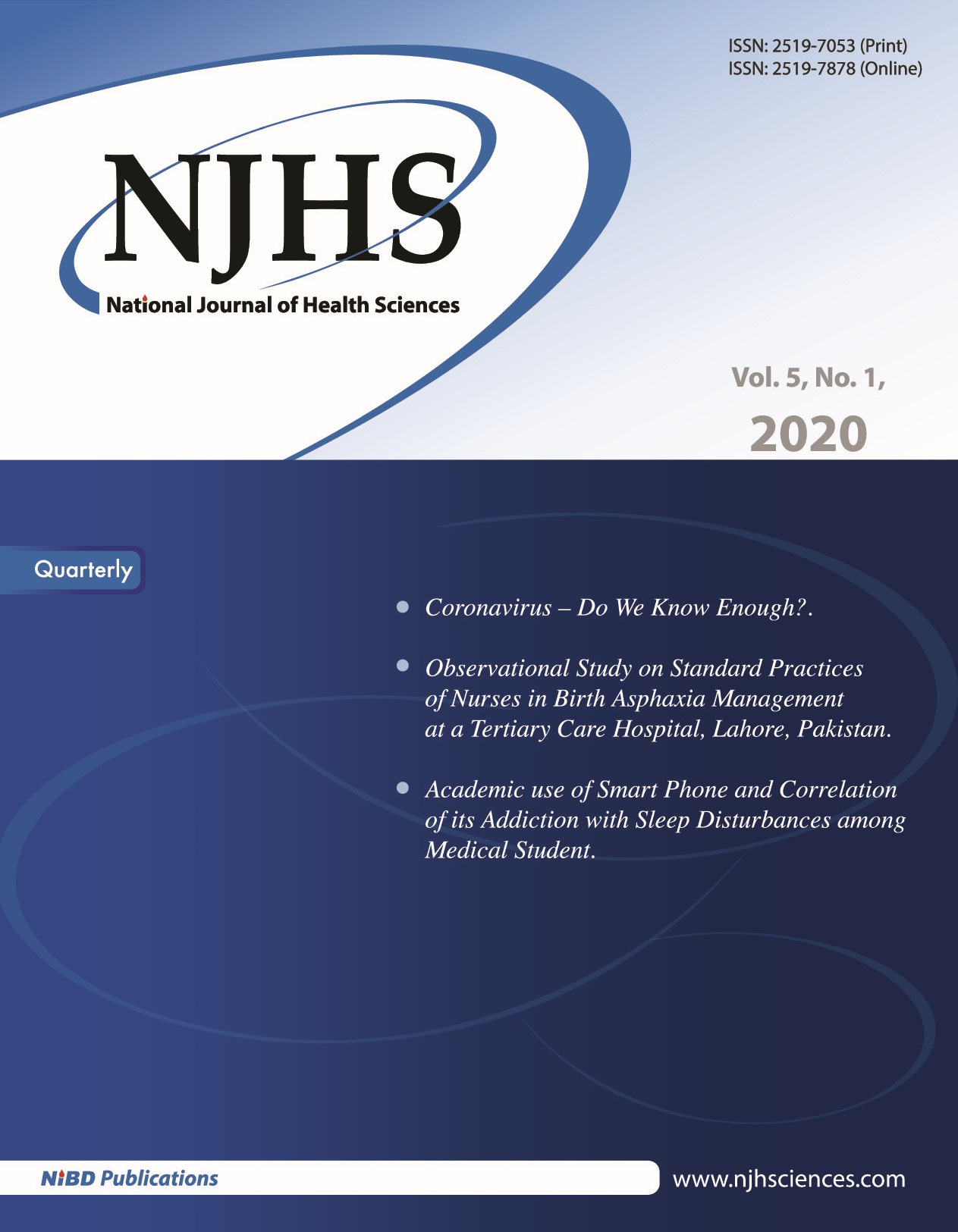The COVID-19: Yet another Viral Spill-Over of Unexpected Consequences
Keywords:
Coronaviruses, SARS, SARS-CoV2, Orthocoronavirinae, CoronaviridaeAbstract
The human coronaviruses (CoV) are the causative agent of respiratory illness in human especially during winter and fall. They were first identified in 1960’s. The four corona strains i.e. NL63, 229E, HKU1 and OC63 accounts for about 30% of the annual common cold incidences ranging from mild to moderate illness in human worldwide. These are the largest RNA viruses from the sub-family Orthocoronavirinae of family Coronaviridae. Interestingly, the crown like spikes on their surface make them unique. So far four different groups of coronaviruses have been identified namely: alpha-, beta-, delta-, gamma- coronaviruses [1]. Beside the reported human-only beta coronaviruses HKU1 and OC63; lethal outbreaks of three other beta corona viruses i.e. Severe Acute
Respiratory Syndrome (SARS), Middle East Respiratory Syndrome (MERS) and SARS-CoV2 - viruses were documented. The later three viral strains were confirmed as evolved viruses from animal origin. The genetic diversity of these viruses is sought to be facilitated by recombination and mutational events within the intermediate host predominantly a mammal.
Downloads
Published
How to Cite
Issue
Section
License
This is an Open Access journal distributed under the terms of the Creative Commons Attribution License (https://creativecommons.org/licenses/by/4.0/), which permits unrestricted use, distribution, and reproduction in any medium, provided the original work is properly cited.



